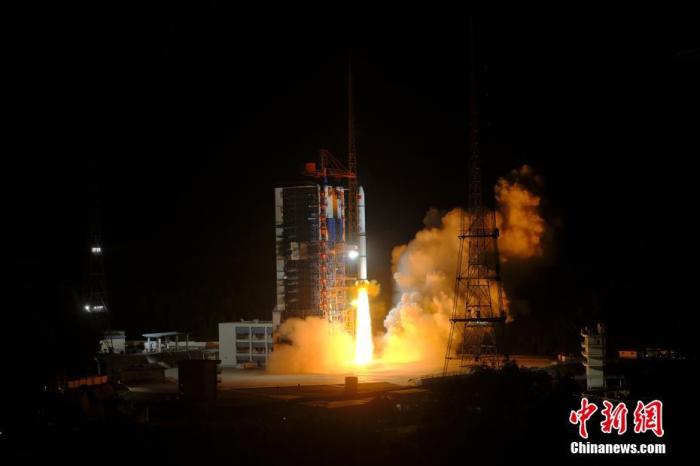China News Service, Beijing, May 7 (Guo Chaokai) At 2:11 on May 7, Beijing time, China successfully launched the Remote Sensing 30 Group 08 satellites using the Long March 2C carrier rocket at the Xichang Satellite Launch Center. The satellite enters a predetermined orbit.
Remote Sensing 30th Group 08 satellites adopt a multi-satellite networking mode, mainly used to carry out electromagnetic environment detection and related technical tests.
The mission also launched 12 stars in the constellation of Apocalypse.
The 12 stars of the Apocalypse constellation are a component of the Apocalypse IoT constellation and are mainly used to provide data collection and transmission services.
At 2:11 on May 7th, Beijing time, China used the Long March 2C carrier rocket at the Xichang Satellite Launch Center to successfully launch Remote Sensing 30 Group 08 satellites and the satellites entered the scheduled orbit.
Photo by Guo Wenbin
The Long March 2C carrier rocket for launching missions is China’s first “Gold Medal Rocket” developed by the China Academy of Launch Vehicle Technology affiliated to China Aerospace Science and Technology Corporation. It is used to launch low-orbit and sun-synchronous orbit satellites, and can perform missions at the three launch sites of Xichang, Jiuquan and Taiyuan.
In this mission, the rocket fairing is equipped with an altimeter combination to measure the height change and some attitude information during the separation of the fairing and re-entry into the atmosphere, and continue to promote the "parachute-based fairing debris landing zone control technology" , To provide a reference for the subsequent design and improvement of the rocket landing zone control plan.
This mission is the 369th flight of the Long March series of carrier rockets.
(Finish)

